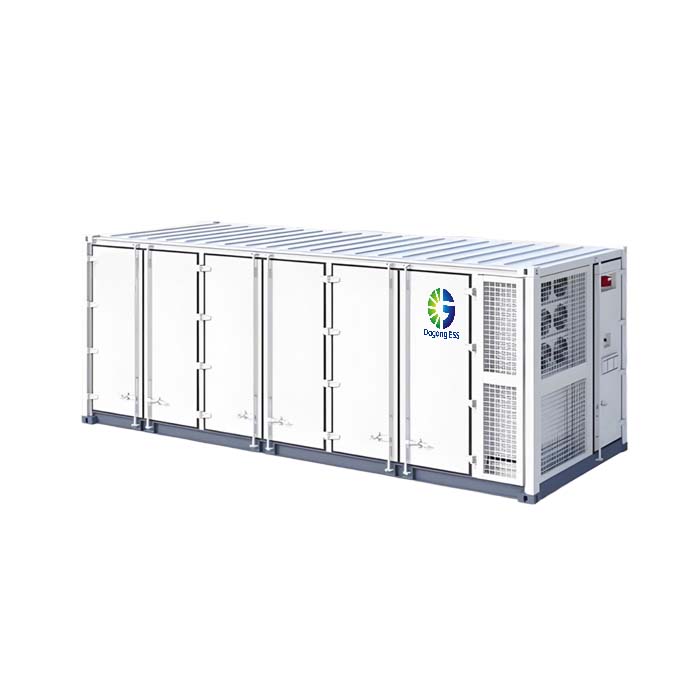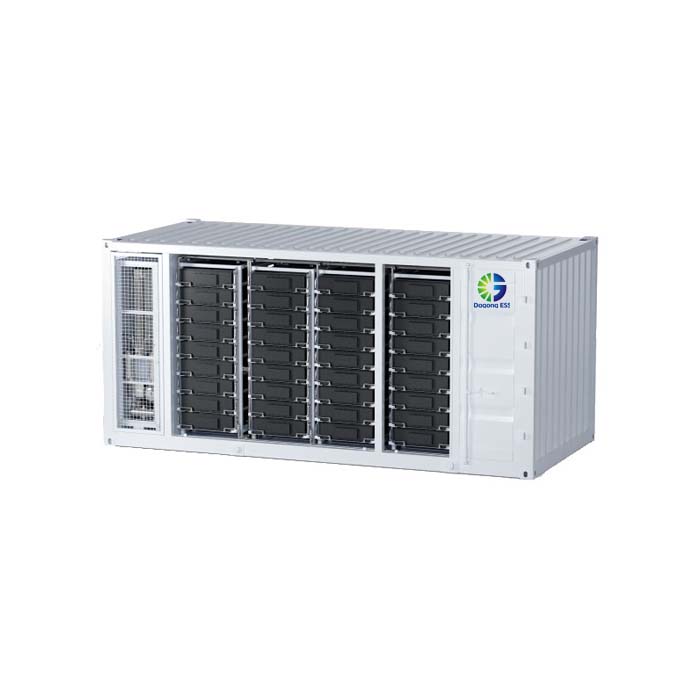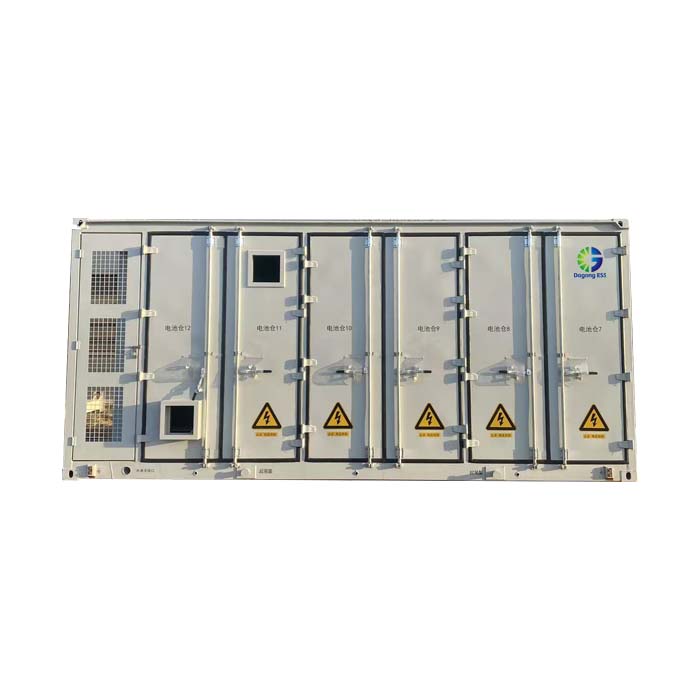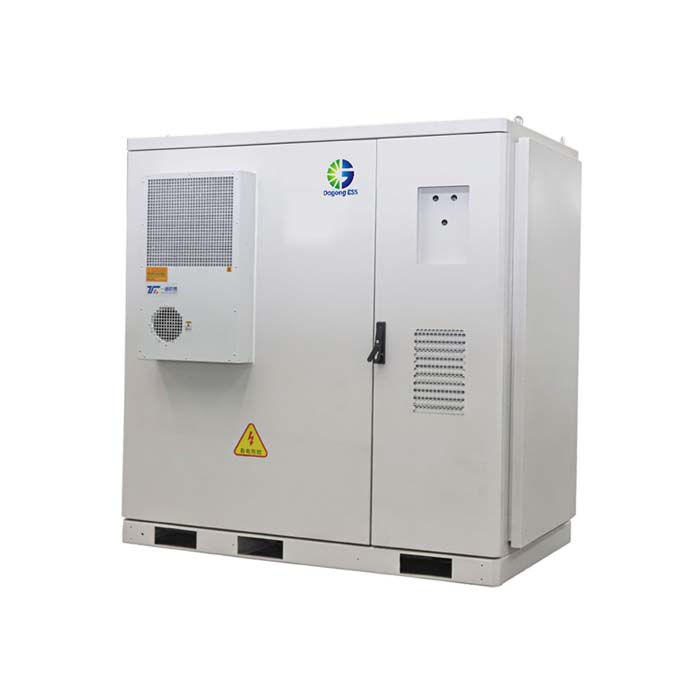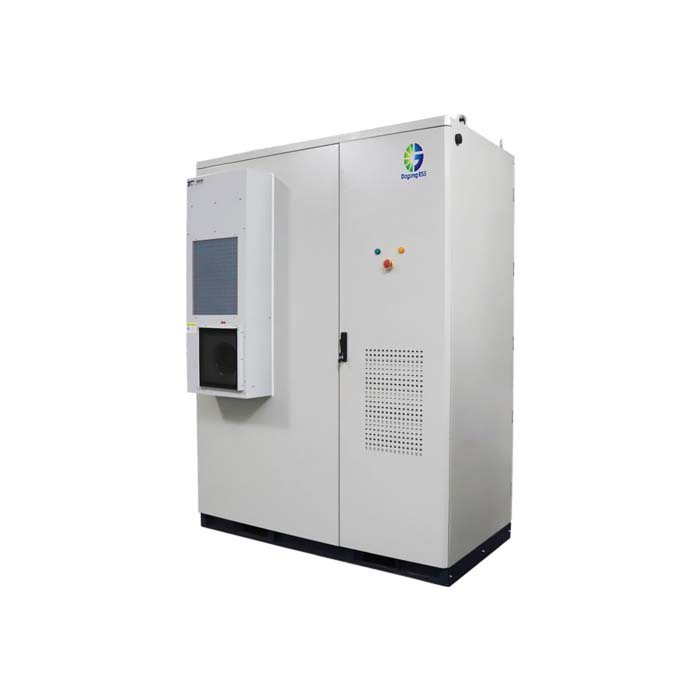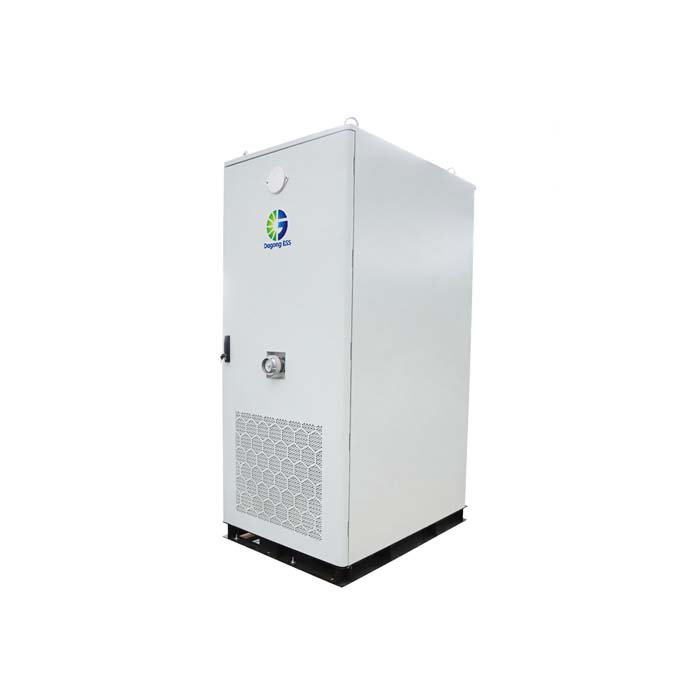AI Computing and Energy Storage: The Next Semiconductor Revolution
What is AI Computing and Its Impact on the Semiconductor Industry?
AI computing refers to large-scale, high-performance data processing powered by artificial intelligence models such as GPT, LLaMA, or Gemini. These models rely on advanced semiconductors to execute trillions of calculations per second.
Modern semiconductor innovation has shifted from pursuing smaller transistor nodes to maximizing energy efficiency per watt. Technologies like GPU parallel computing, AI-specific ASICs, and 3D chiplet architectures are reshaping the semiconductor landscape, enabling more computing power in smaller footprints.
However, this explosive growth in AI computing has created a new bottleneck — electricity supply. As AI workloads expand, the global energy consumption of data centers is projected to surpass 200 TWh annually, equivalent to the power usage of an entire mid-sized country. To meet this demand sustainably, energy storage systems (ESS) play a crucial role by stabilizing power supply, storing renewable energy, and providing backup support, ensuring uninterrupted AI computing operations.
The Power Challenge Behind AI Acceleration
AI model training and inference require vast amounts of continuous power. For example, training a large-scale foundation model can consume thousands of megawatt-hours of electricity.
Data centers hosting AI clusters face three key challenges:
Power reliability – Sudden interruptions can cause severe data loss.
Energy efficiency – Every kilowatt must be optimally utilized.
Carbon neutrality – AI infrastructure must align with global sustainability goals.
To address these challenges, tech giants like Google, Amazon, and NVIDIA are integrating on-site energy storage systems (ESS) to balance demand peaks, stabilize grid loads, and enable renewable integration.
Why Energy Storage Systems Are Essential for AI Infrastructure
Energy storage systems serve as the “energy backbone” of AI computing centers. They provide:
Instant backup power for GPUs and high-performance clusters.
Peak shaving and load balancing, improving grid stability.
Integration with renewable energy, ensuring greener operations.
In particular, liquid-cooled ESS solutions are ideal for AI data centers due to their superior thermal management and space efficiency. Systems such as 215kWh Liquid-Cooled ESS and 372kWh Liquid-Cooled ESS are capable of supporting high-density energy demands while maintaining safety and longevity (over 8,000 cycles and 15+ years of service life).
For larger installations, 3.35MWh and 5MWh containerized ESS systems provide scalable energy storage for hyperscale data centers, combining modular design with remote monitoring and intelligent fault detection.
Features of AI-Oriented Energy Storage Systems
High Energy Density: Compact design with advanced LFP chemistry ensures stable, long-life performance.
Liquid Cooling Technology: Enables precise temperature control under high computational loads.
Smart Energy Management (EMS): Optimizes charging and discharging according to AI workload fluctuations.
Modular Scalability: Supports parallel expansion for growing data center capacity.
Compliance & Safety: Certified with CE, UN38.3, and MSDS standards for international projects.
These features make modern ESS solutions indispensable to the semiconductor-driven AI revolution.
Applications of ESS in the Semiconductor and AI Era
Energy storage systems are being deployed across multiple layers of the computing and semiconductor ecosystem:
AI Data Centers: Providing uninterrupted power for GPU and NPU clusters.
Semiconductor Manufacturing Plants: Supporting cleanroom operations and power stability for precision equipment.
Smart Grids: Balancing renewable energy fluctuations and powering edge AI devices.
High-Performance Computing (HPC) Facilities: Enhancing uptime and reducing total energy costs.
By integrating ESS into these infrastructures, companies ensure both operational continuity and carbon reduction—key priorities in the AI-driven industrial transformation.
Price of Energy Storage Systems
The cost of energy storage systems for renewable energy integration depends on several factors, including system capacity, storage duration, battery type, control software, installation conditions, and auxiliary equipment.
Pricing is usually quoted under international trade terms such as EXW, FOB, or CIF, depending on project location and logistics preferences.
For a tailored quotation based on your specific project needs, it’s best to consult directly with the supplier.
How to Select the Right ESS for AI and Semiconductor Applications
When choosing an ESS for AI or semiconductor facilities, consider:
Power demand and duration (short-term backup vs. long-term storage)
Thermal management requirements (air vs. liquid cooling)
Integration compatibility with existing grid or renewable systems
Scalability for future expansion
For AI clusters and semiconductor fabs, liquid-cooled and modular ESS designs typically offer the best performance balance between safety, efficiency, and longevity.
How Long Do ESS Solutions Last?
Modern ESS units, particularly those using LFP batteries, offer over 8,000 life cycles and can operate reliably for 15 years or more. Routine maintenance, optimized charging algorithms, and advanced cooling systems further extend their lifespan—making them ideal for continuous AI and semiconductor operations.
Bridging Power and Intelligence in the Semiconductor Age
As AI computing accelerates, the semiconductor industry stands at the crossroads of performance and sustainability. Balancing energy demand with reliability and carbon neutrality requires intelligent power infrastructure — and energy storage systems provide exactly that foundation.
From 215kWh liquid-cooled modules to 5MWh containerized ESS solutions, these systems are redefining how the world powers intelligent computation.
In the coming decade, the synergy between AI, semiconductors, and energy storage will shape the backbone of the digital economy — efficiently, sustainably, and intelligently.
If you are interested in energy storage products, please contact Dagong ESS:
Email: sales@dagongess.com
Website: www.dagongess.com


